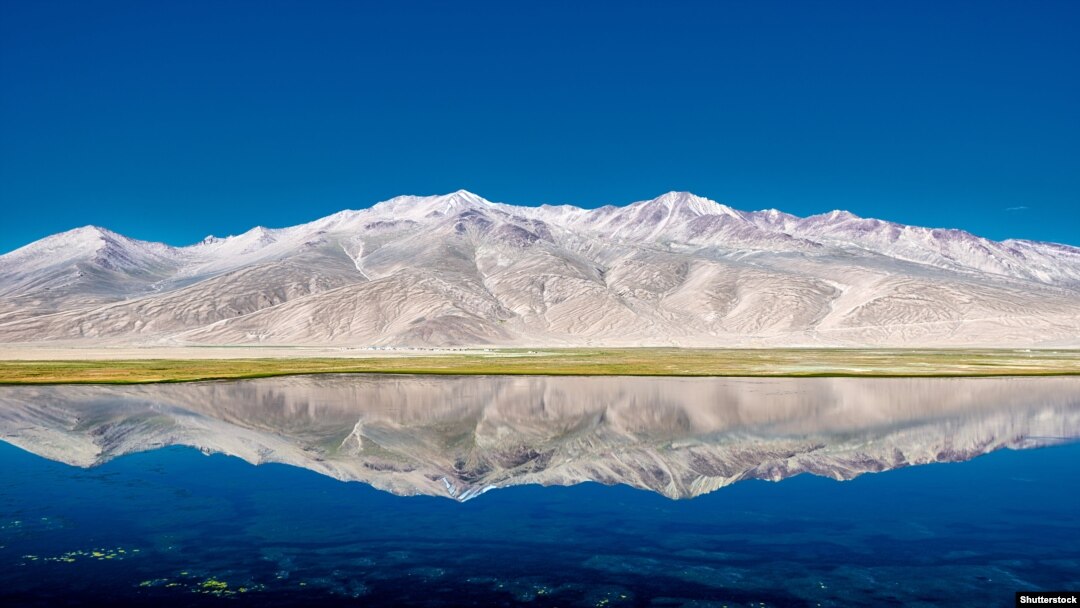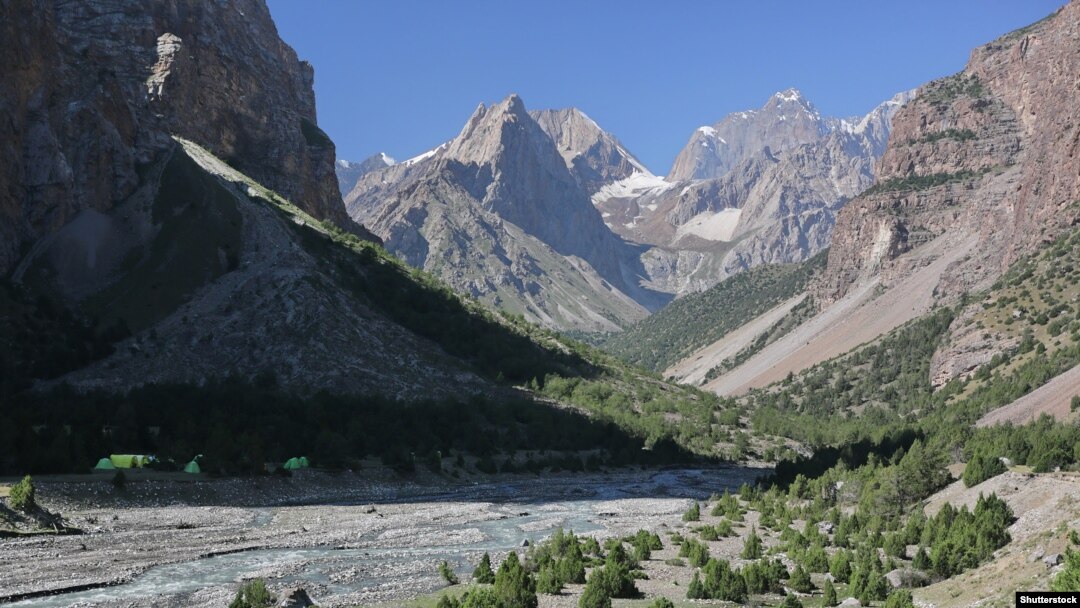Before the COVID-19 pandemic forced the closure of international borders, the countries of Central Asia had pinned their hopes on international tourism to bring in revenue and create jobs.
Governments relaxed visa rules and invested in promotion. Kazakhstan and Uzbekistan, for instance, flew dozens of foreign influencers in to boost their image on social media. The World Nomad Games -- the "Olympics" for ethnic sports, hosted by Kyrgyzstan -- were a big success, bringing in foreign athletes and spectators and making international headlines.
The number of visitors grew. Some glowing reviews appeared in the media. CNN called Uzbekistan “a top travel destination for 2020,” while Tajikistan was featured in a New York Times article as being among the best places to visit that year.
Now, flights have resumed, borders have reopened, and COVID-19 restrictions have eased. But the tourism industry in Central Asia doesn't seem to be fully back on its feet yet.
In a live discussion on July 21, I spoke with Umeda Kurbonbekova, a mountain guide from Tajikistan and a travel agency owner, and Azamat Mamataaly-Uulu, a mountain guide and photographer from Kyrgyzstan.
We talked about the state of domestic and international tourism before and after the pandemic, country promotion, and the best places, in their opinion, worth seeing in their countries.

The alpine lake of Bulunkul in Tajikistan.
Key takeaways:
Umeda Kurbonbekova (Tajikistan): “The main goal during the pandemic was to make our people understand that in Tajikistan we also have great places to see. But, you know, sometimes only hiring a car for a trip within Tajikistan can cost as much as a return ticket to Dubai or Antalya. So, of course, some people don’t want to spend so much money to see their own country and history. Of course, they prefer to go abroad. We have been working a lot with younger generations of Tajiks. We offer special weekend tours for our domestic tourists.”
She recommends visiting: 1) ancient Silk Road settlements; 2) the home-museum of Muborak Wakhani in the village of Yamg; 3) and the alpine lake of Bulunkul, located in the coldest area of Central Asia.
Azamat Mamataaly-Uulu (Kyrgyzstan): “Tourism is a very attractive business. However, we don’t have real professionals in it. Sometimes it’s a really big problem to find a good guide who knows a specific area, who can speak English or maybe German and French. Sometimes, you can’t find a trustworthy driver because some are busy, some have their cars broken, or some are not at the location.”
He recommends visiting: 1) Chatkal Valley in the Jalal-Abad region; 2) Karavshin Gorge in the Batken region, dubbed the "Asian Patagonia"; 3) the Alai Valley in the Osh region, specifically, his native village of Murdash, as well as Kejige Lake, known as Emerald Lake for its color, near the village of Uch Tobo.
Listen to the full conversation here:
Your browser doesn’t support HTML5
How Is Tourism Doing In Tajikistan And Kyrgyzstan?
Read more on the subject from RFE/RL:
Visiting Turkmenistan's 'Gates Of Hell'
Uzbekistan Turns To Foreign Social-Media Stars To Boost Tourism
Tragedy In Tajikistan: Most Humans 'Are Warm, Friendly People Who Wish Us No Harm'
World Nomad Games Kick Off In Kyrgyzstan
Follow @RFERL on Twitter so as not to miss our regular conversations on life and social change in Central Asia every Thursday at 3 p.m. in Prague/9 a.m. in Washington (7 p.m. in Bishkek/Almaty/Astana, and 6 p.m. local time in Tashkent/Dushanbe/Ashgabat).


